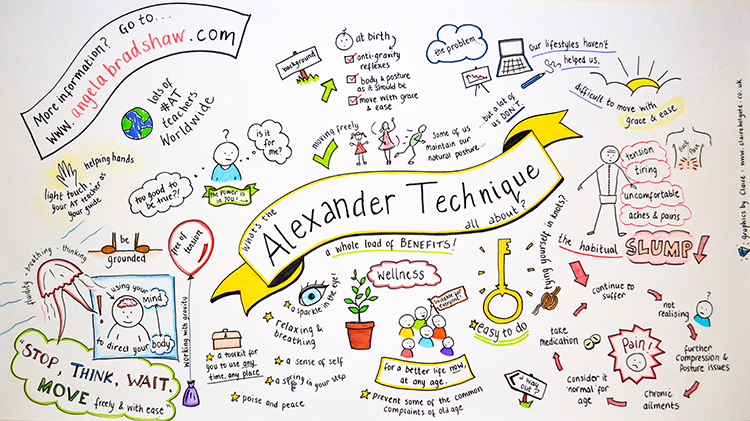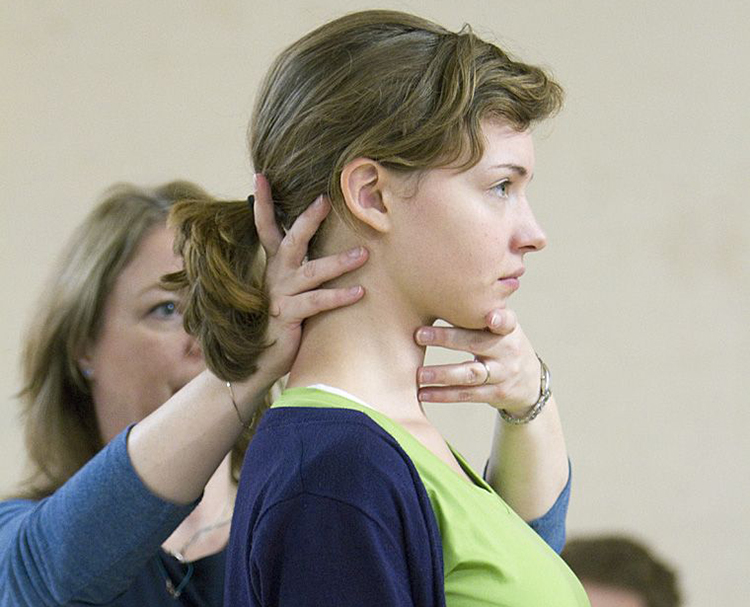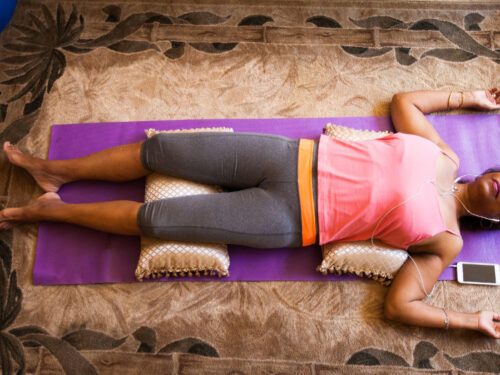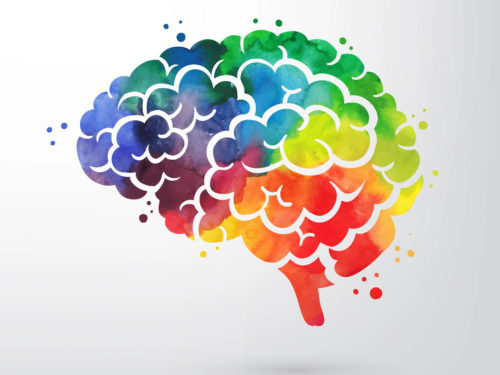While musculoskeletal conditions are among the most common medical issues, many of them can also be some of the most painful. There are numerous different kinds of musculoskeletal problems, and they can vary widely in severity.
Musculoskeletal disorders are conditions that affect the muscles, joints, and/or bones.
Examples of musculoskeletal conditions include:
- Carpal tunnel syndrome
- Rheumatoid arthritis
- Tendinitis
- Fibromyalgia
- Osteoporosis
- Back pain
What is a Complementary Therapy?
A complementary therapy is a type of therapy that can be useful when engaged in alongside more conventional treatments for a condition. One popular complementary therapy for musculoskeletal problems is called the Alexander Technique.
What is the Alexander Technique?
The Alexander Technique is a type of therapy designed especially for addressing musculoskeletal issues. It focusses primarily on preventing discomfort and pain by re-training the patient in the ways they move during their daily lives.
The premise of the Alexander Technique is that people get into negative habits of posture and movement that can cause and/or worsen the symptoms of musculoskeletal conditions. In order to receive treatment using the Alexander Technique, you have to learn it from a qualified teacher of the method. This needs to be done in private lessons. You will probably need at least about 20 lessons, which are usually held weekly.
Alexander Technique lessons are usually held in a clinic or studio. They might even be at the teacher’s residence. Each lesson is often about 30 to 45 minutes in length. At the beginning, you will find that the teacher spends time simply watching you, observing the way you stand, sit, lie down, and move. After that, he or she will instruct you on ways to do all of these things in a way that will cause a lesser degree of strain on your muscles and bones. In doing this, the teacher will guide you by guiding your movements.
You might be surprised at how quickly you begin to feel the benefits of therapy using the Alexander Technique. The effects will become progressively more noticeable as you continue in the lessons.

Who Can the Alexander Technique Help?
The Alexander Technique is recognized to help with a range of musculoskeletal conditions. Some of the conditions for which this technique is believed to be especially useful include long-term neck pain and back pain.
How Can You Find a Teacher of the Alexander Technique?
It is important to find a teacher who is properly qualified, as well as experienced. Try to find someone who is a member of one or more of the following organisations:
- Alexander Technique International (ATI)
- Complementary and Natural Healthcare Council (CHNC)
- Professional Association of Alexander Teachers (PAAT)
- Society of Teachers of the Alexander Technique (STAT)
- Interactive Teaching Method Association (ITM)
While it is possible that there might be NHS coverage of this therapy in your area, it is most likely that you will have to pay private fees. Ask your GP whether he or she thinks that the Alexander Technique would be helpful for you.



